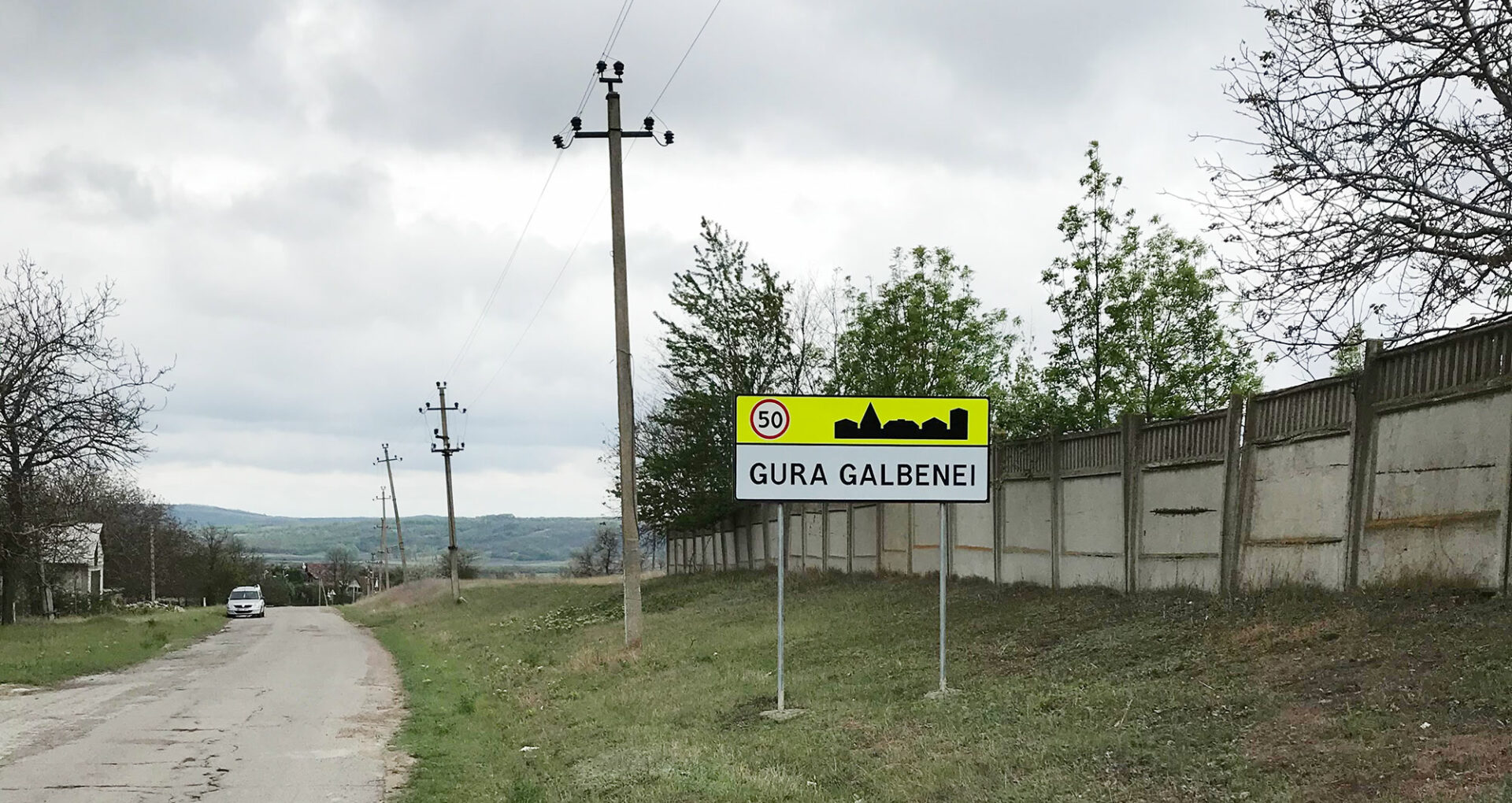The Coronavirus and the Drought Make the Future Unsure for the People in a Moldovan Village

Every few years, Moldova is affected by floods, torrential rains, atypical frosts, or other natural phenomena that cause great damage to agriculture. In addition to the fact that the population is facing the pandemic caused by the new coronavirus, the year 2020 is also a dry year. Under these conditions, agricultural crops could be missed.
In Gura Galbenei, Cimișlia, in the South of Moldova, the farmers have experienced severe droughts in 1992, 2007, 2017 or 2019. On a cloudy day, we reached Gura Galbenei.
We met the viticulturist Dumitru Buliga from Gura Galbenei near his house. We asked him how he handles drought. The viticulturist told us that his only solution, in this dry year, is artesian wells. He carried a lot of water with the cisterns to water his vines, so he hopes that the two hectares of vines will bear some fruit in fall.
“In our country, many farmers use cisterns to spray their plantations during drought. In times of droughts, another source of water is artesian wells and rivers flowing nearby. Of course, we use this water with the permission of the ecological administration in exchange for a fee,” Dumitru Buliga told us.
Climate Change at Gura Galbenei
Usually, Moldova faces droughts once every five years in the north of the country, and once every three years in the southern and central districts. Mihai Rotaru, who has been an agronomist in the locality for 49 years, tells us with pain about the consequences of this year’s drought.

“The situation is very complicated. Last year, it didn’t rain at all. And this winter I didn’t see any flakes. This is the climate change…After the first rain, I went and checked the moisture layer and it was about 40-50 cm wet in-depth. Under the soil layer, everything is dry up to three meters down. The rain of the past few days may have helped a little, but let us pray for enough rain to save agriculture in this difficult year,” Mihai Rotaru told us.
We asked Mihai Rotaru what he does during a drought as an agronomist. “What do we do in times of drought? We try to minimize technological work that causes moisture loss and soil drying. Partly, we use Mini-Till technology. We work the soil more on the surface. At the same time, we use biological preparations that stress the plants less and make them more easily bear the consequences of the drought,” Mihai Rotaru explained to us.
Mulțumim că citești ZdG!
Ajută-ne să continuăm să furnizăm informații esențiale — donează pentru jurnalismul nostru.
Globally, Drinking Water Accounts for only One Percent of the Total
The deputy mayor of Gura Galbenei village, Dumitru Borș, claims that various actions are taken to determine the farmers to use water rationally during a drought.

“Globally, drinking water represents only one percent of the total amount of water. So it must be used rationally. In our country, unfortunately, people are not aware of what drinking water actually represents and use it irrationally. This is because people are not well informed. Water resources are limited. So here at Gura Galbenei, we have taken some steps to get people to use water rationally. When washing their cars or spraying their gardens – use water from wells near their homes. We even talked about setting a limit on water consumption,” explained the deputy mayor of Gura Galbenei village.
“In times of drought, many farmers use artesian wells as a source of water. These wells are a lifeline for them and for agriculture in general. I went together with the director of the municipal enterprise Tulumba Services, which manages four artesian wells in the village of Gura Galbenei, to see the wells.
Nicolae Bodișteanu says that there are too few wells for such a large village. The director of Tulumba Services” also mentions 11 other artesian wells in the locality, which are non-functional. In order to be used, they should first be cleaned, but these works involve high costs.
“In the case of drought, farmers pray to God to give them water, and after that they use irrigation systems. Others strive to irrigate, taking water from wells in their households, or make irrigation systems from the river reserves of Gură Galbenei, Gălbenița, and Cogâlnic, in the South of Moldova. However, many use artesian wells. Too bad that out of the 15 wells, only four are useful. Yes, water is hard to get here. And people use it irrationally. Water in gardens. Wash cars with water from artesian wells. That’s why we don’t always have enough water,” said Nicolae Bodișteanu, director of the municipal enterprise” Tulumba services, which manages the four artesian wells with drinking water in the village of Gura Galbenei.
Drought, coronavirus and Rising Prices
The 2019 extreme drought has strong consequences even now and the situation will get worse due to the pandemic in 2020. According to economic experts, the pandemic and drought could stimulate high global food prices.
In the center of the village, next to a shop, shoppers lined up to go shopping. We approached an old woman, Zinaïda. She told us that instead of lowering food prices due to the coronavirus crisis, they want to make everything more expensive.
“I received my pension and I’m going to buy some things. I’m afraid it’s going to get more expensive because of the drought. And the virus has hit us again… who knows what times await us,” the woman adds.
In Moldova, the drought is becoming a phenomenon, hitting the country once in two to four years. Researchers warn that Moldova will be hit by drought in the coming years due to climate change.
Drought in Moldova is one of the most dangerous phenomena of nature.
In the last two decades, droughts have been reported more frequently, becoming more intense. Thus, in the period 1990-2011, on the territory of Moldova were registered 10 years with droughts of different intensity, which led to the reduction of agricultural crops.
The State Hydrometeorological Service recommends companies, farmers, and the population to consume water resources rationally.



